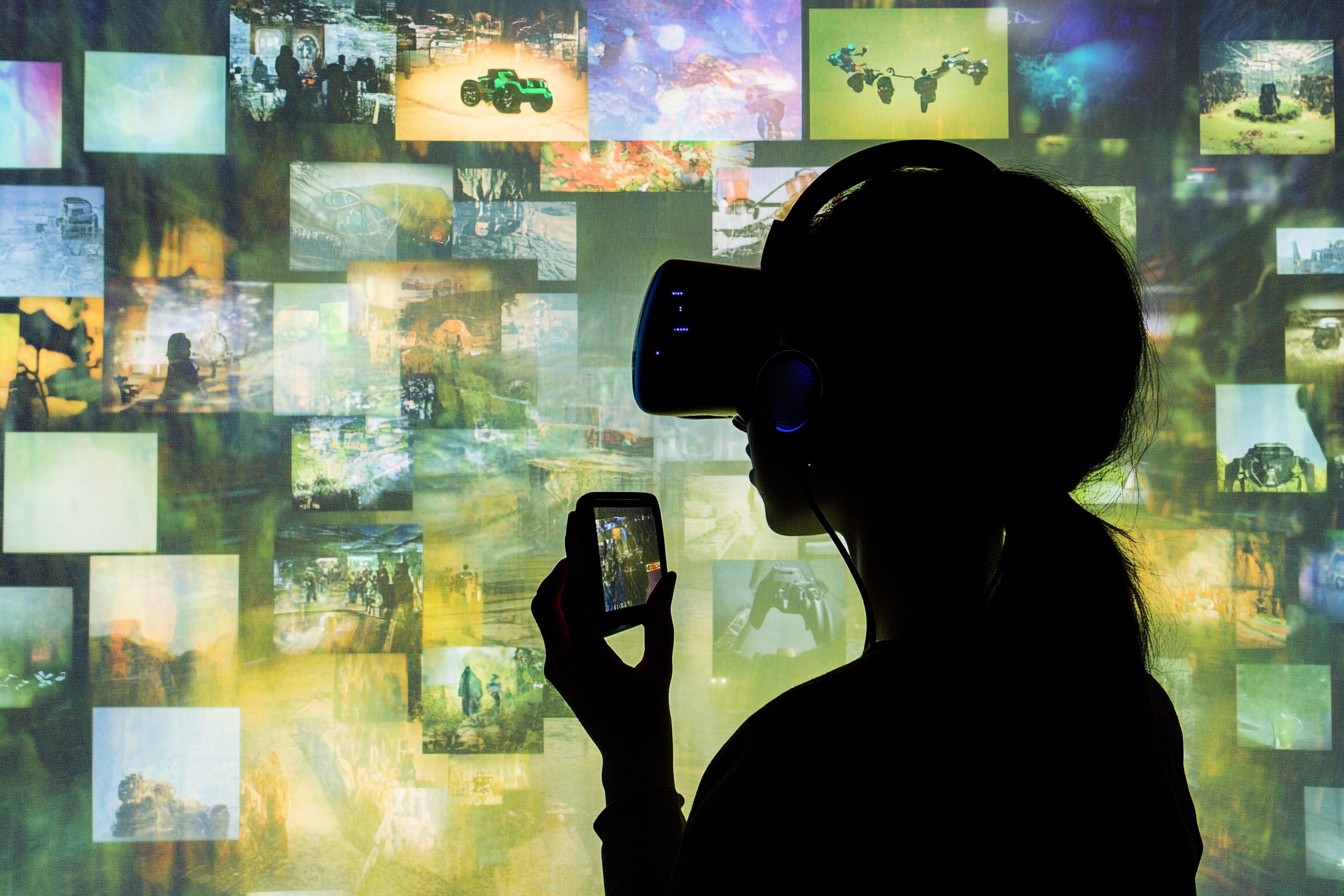I had this moment recently while playing Horizon Forbidden West where I stopped to watch a sunset. Not a real sunset—a digital one, pixels and code creating this breathtaking blend of oranges and purples reflecting off metal dinosaur carcasses. I called my nephew Jake into the room (yeah, the same one who rekindled my gaming passion years ago with SSX Tricky, now a college sophomore). “Look at this,” I said, gesturing at the screen like a proud parent.
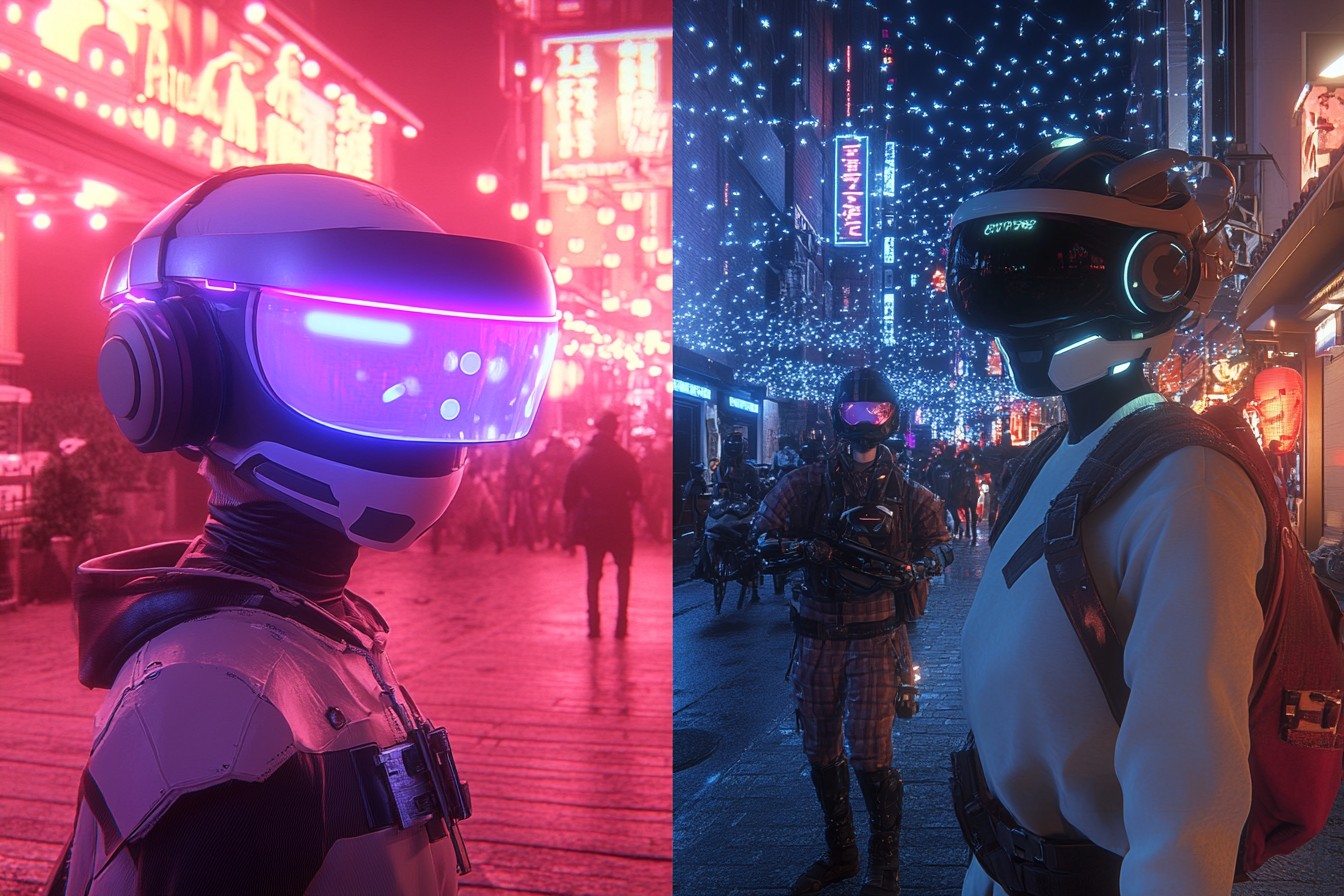
He glanced up from his phone, nodded appreciatively, and said, “Pretty cool, Uncle Mike.” Then, without a hint of irony: “Imagine what games will look like when I’m your age.”
That casual comment sent me into an existential spiral. I’ve witnessed the evolution from 8-bit blocky sprites to photorealistic 3D worlds—a transformation that still feels miraculous. The distance between Pitfall Harry swinging on a pixelated vine and Aloy’s individual strands of hair moving in the virtual breeze represents not just technological progress but a fundamental shift in what games can be and mean. What further transformations will Jake witness in the next four decades?
When I got my first NES, the idea that games would someday have fully voiced dialogue seemed like science fiction. Now I’m having emotionally complex conversations with NPCs whose facial expressions convey subtle emotions. Every gaming generation has had its defining leap: 2D to 3D, cartridges to discs, offline to online, standard definition to high definition. But I suspect the jumps coming in the next decade or two will make those transitions look like baby steps.
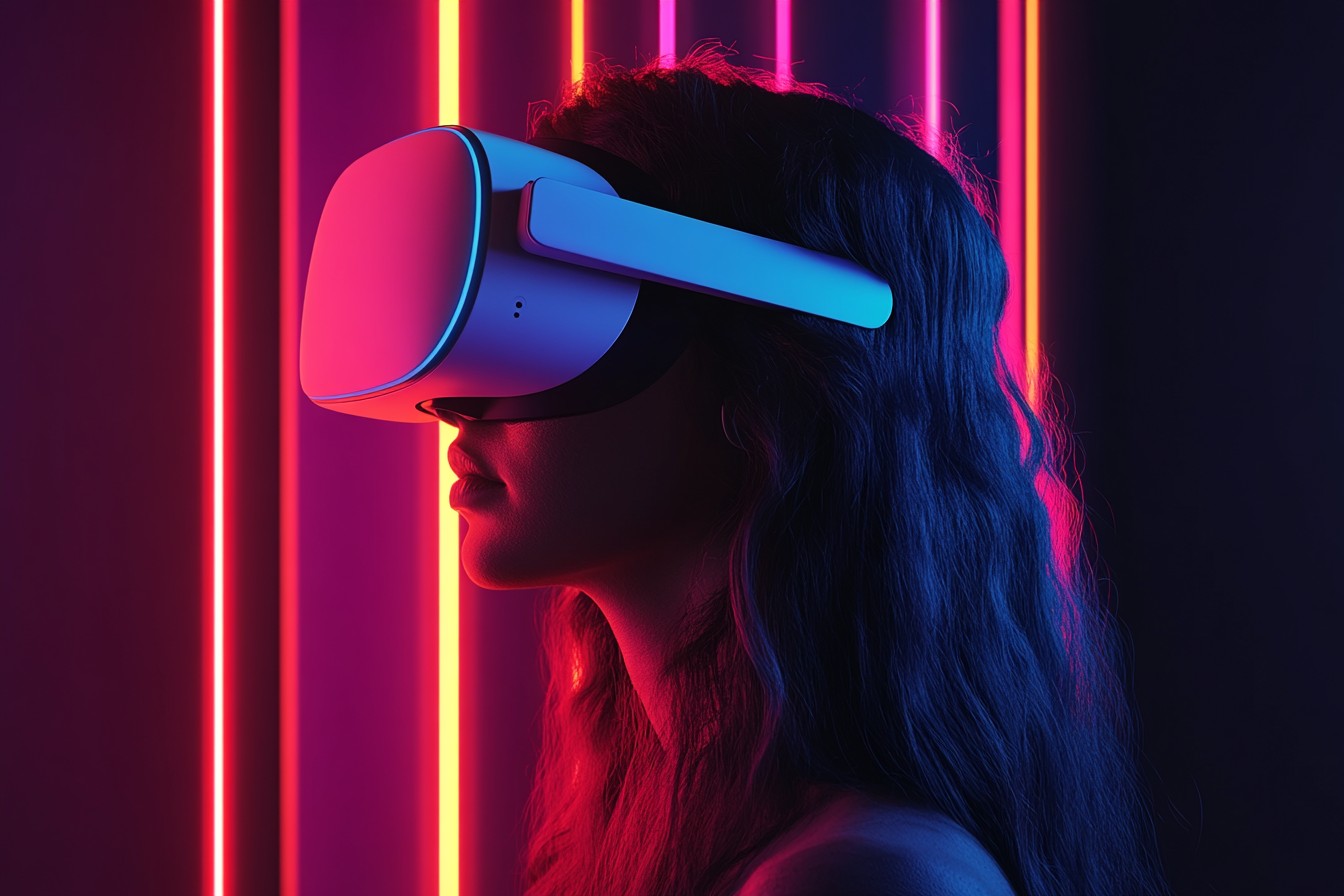
Virtual reality is the obvious frontier, though it’s been “the future of gaming” for so long that it’s easy to be skeptical. I’ve owned three different VR headsets over the years. My first was a chunky, first-generation Oculus Rift that I bought after trying a demo at a convention. I nearly took out my living room TV the first time I played SUPERHOT VR, completely losing track of my physical surroundings while dodging virtual bullets. That headset now sits in my closet alongside my Rock Band guitars, another technological promise waiting to be fully realized.
The problem has always been the “full” part of full immersion. Even with today’s more advanced headsets, you’re still fundamentally aware that you’re wearing a device. The resolution has improved dramatically, the field of view has widened, and the tracking is smoother, but we’re still anchored to reality by the weight on our face, the controllers in our hands, and the knowledge that any real-world step might send us crashing into furniture.
But we’re getting closer. The latest generation of VR headsets has dramatically reduced both weight and size while increasing resolution and field of view. Eye-tracking technology allows for foveated rendering—essentially focusing processing power on wherever you’re looking, just like human vision. With each iteration, the barriers between virtual and actual reality thin a little more.

The real breakthrough will come when VR moves beyond specialized gaming experiences to offer full-featured worlds you’ll want to spend significant time in. Half-Life: Alyx gave us a glimpse of this potential—a game that wasn’t just a tech demo but a fully realized experience that happened to be in VR. As the technology improves and development costs decrease, we’ll see more AAA experiences built from the ground up for virtual reality.
Augmented reality presents a different frontier altogether. Rather than replacing our world, AR overlays digital elements onto it. We’ve seen simple implementations in games like Pokémon GO, but the potential goes much further. Imagine your living room transformed into a battlefield, with your couch becoming cover from enemy fire. Or cooperative multiplayer games where you and friends physically occupy the same space while interacting with shared digital elements.
The technological hurdles here are different but equally challenging. AR requires precise environmental mapping, physical object recognition, and displays that can selectively block or enhance real-world light. Apple’s Vision Pro shows we’re making progress, but true gaming-ready AR glasses—lightweight, with sufficient field of view and battery life—still seem years away. The goal is technology that’s unobtrusive enough to wear in public without looking like you’ve stepped out of a low-budget sci-fi movie.
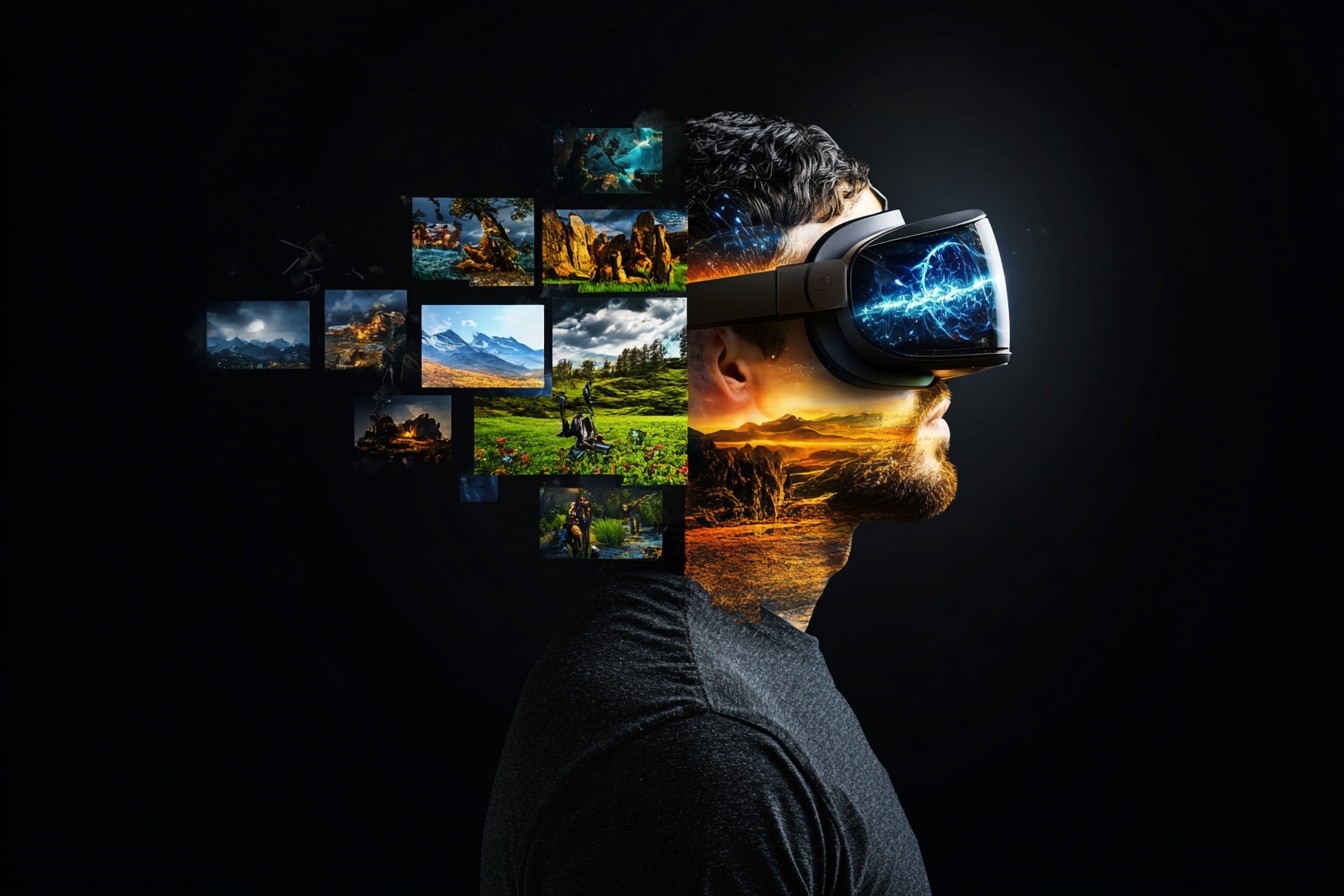
Cloud gaming represents another transformative path, though one plagued by practical limitations. The promise is compelling: play high-end games on any device with a screen, with all the heavy computational lifting happening on remote servers. In theory, your gaming device becomes simply a window into a vastly more powerful system.
I’ve tried most of the major cloud gaming platforms—Stadia (RIP), GeForce Now, Xbox Cloud Gaming. When they work, the experience is genuinely impressive. Playing Cyberpunk 2077 with ray tracing enabled on a mid-range laptop still feels like magic. But the operative phrase is “when they work.” The reality of today’s internet infrastructure means inconsistent connections, variable latency, and occasional quality dips that range from mildly annoying to game-breaking.
For cloud gaming to truly replace local hardware, we need ubiquitous, high-speed, low-latency internet connections. That’s not just a technological challenge but an infrastructure and economic one. The digital divide is real, and cloud gaming risks becoming another arena where access is determined by geography and income rather than interest.
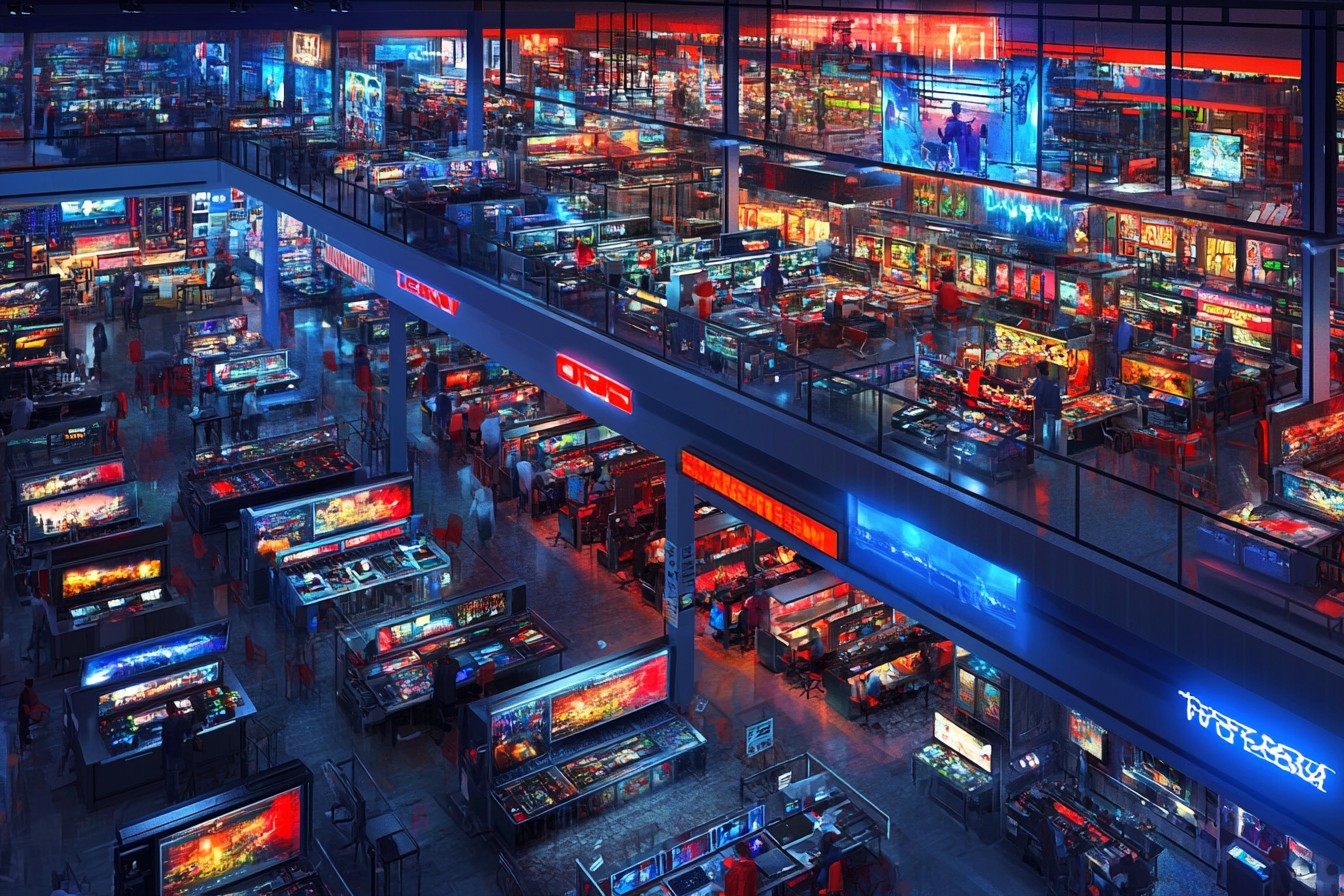
Perhaps the most profound upcoming shift isn’t in how we see or access games, but in how games respond to us. Artificial intelligence is already transforming gaming, but mostly behind the scenes—procedurally generating landscapes, balancing difficulty, creating pathfinding. The next frontier is bringing that intelligence to the foreground through NPCs that can hold meaningful, dynamic conversations and adapt to player choices in ways that aren’t pre-scripted.
I’ve been playing games long enough to remember when NPC “conversation” meant cycling through the same three dialogue options to get a quest. Today’s games feature more natural dialogue systems, but they’re still fundamentally selecting from pre-written options. The recent advances in large language models and AI suggest a future where NPCs could generate contextually appropriate, personalized responses on the fly. Imagine quest-givers who remember your specific accomplishments, villains who taunt you about your particular failures, or companion characters who develop relationships with you based on emergent rather than pre-programmed patterns.
The implications go beyond just more realistic conversations. Truly adaptive AI could transform game design itself. Instead of developers creating specific challenges with predetermined solutions, AI systems could generate unique problems tailored to each player’s skill level and play style, with multiple viable solutions that emerge from the game’s systems rather than being explicitly designed.
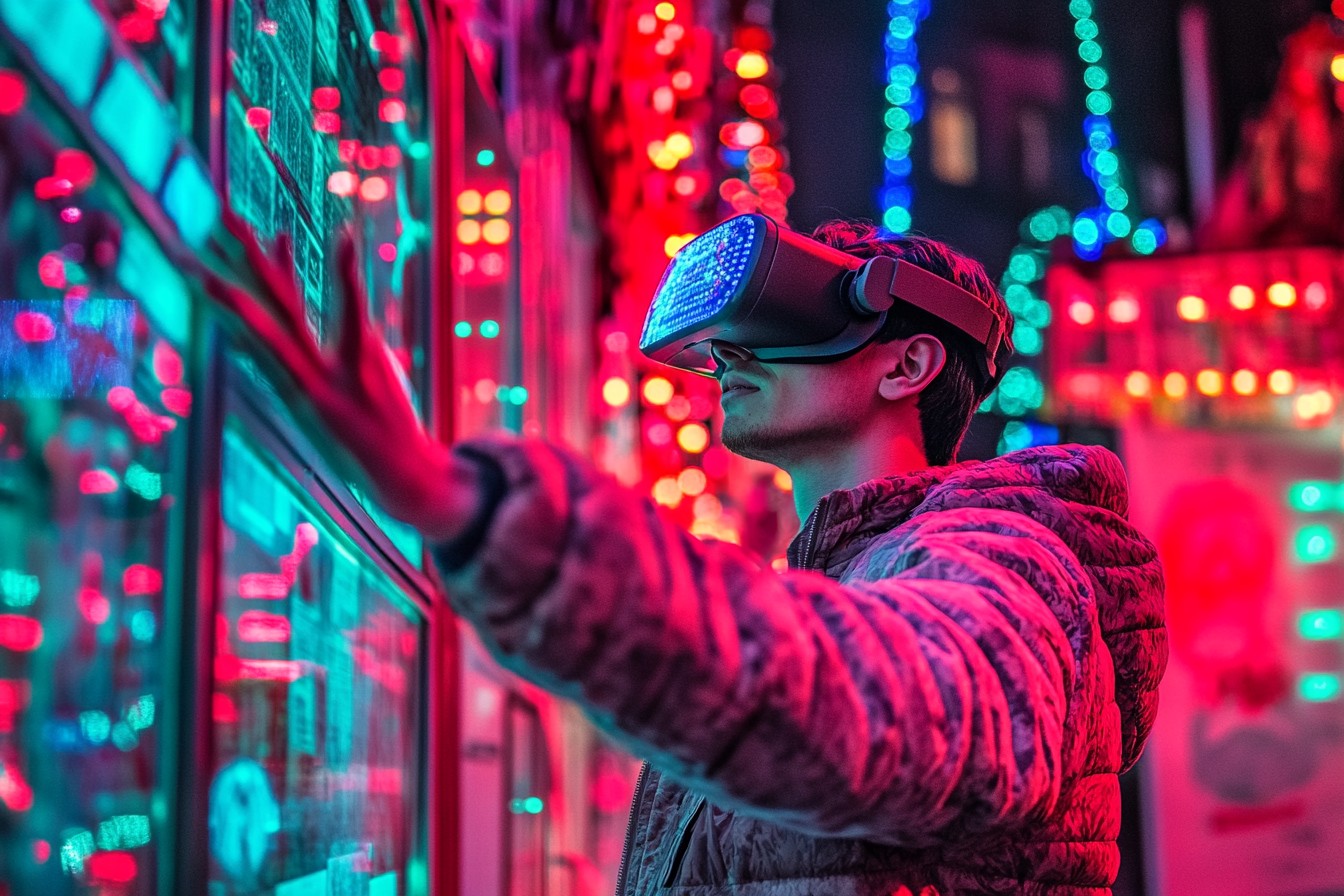
I got a taste of this potential recently with a small indie game called AI Dungeon, which uses language models to create text adventures that respond to almost anything you type. The experience was uneven—sometimes brilliant, sometimes nonsensical—but it hinted at a future where games could be truly reactive storytelling partners rather than just pre-packaged narratives.
Haptic feedback is another area poised for a leap forward. The rumble feature in controllers has evolved from a simple buzzing motor to the nuanced, adaptive feedback of systems like the PlayStation 5’s DualSense. You can feel the difference between rain hitting your character, the recoil of different weapons, or the resistance when drawing a bowstring.
The logical extension is full-body haptic feedback—suits or vests that can simulate impacts, temperature, or even something as subtle as a breeze against your skin. Primitive versions exist already, but they’re bulky, expensive, and limited in the sensations they can produce. As with VR, the challenge is creating something that adds to immersion without being physically intrusive.
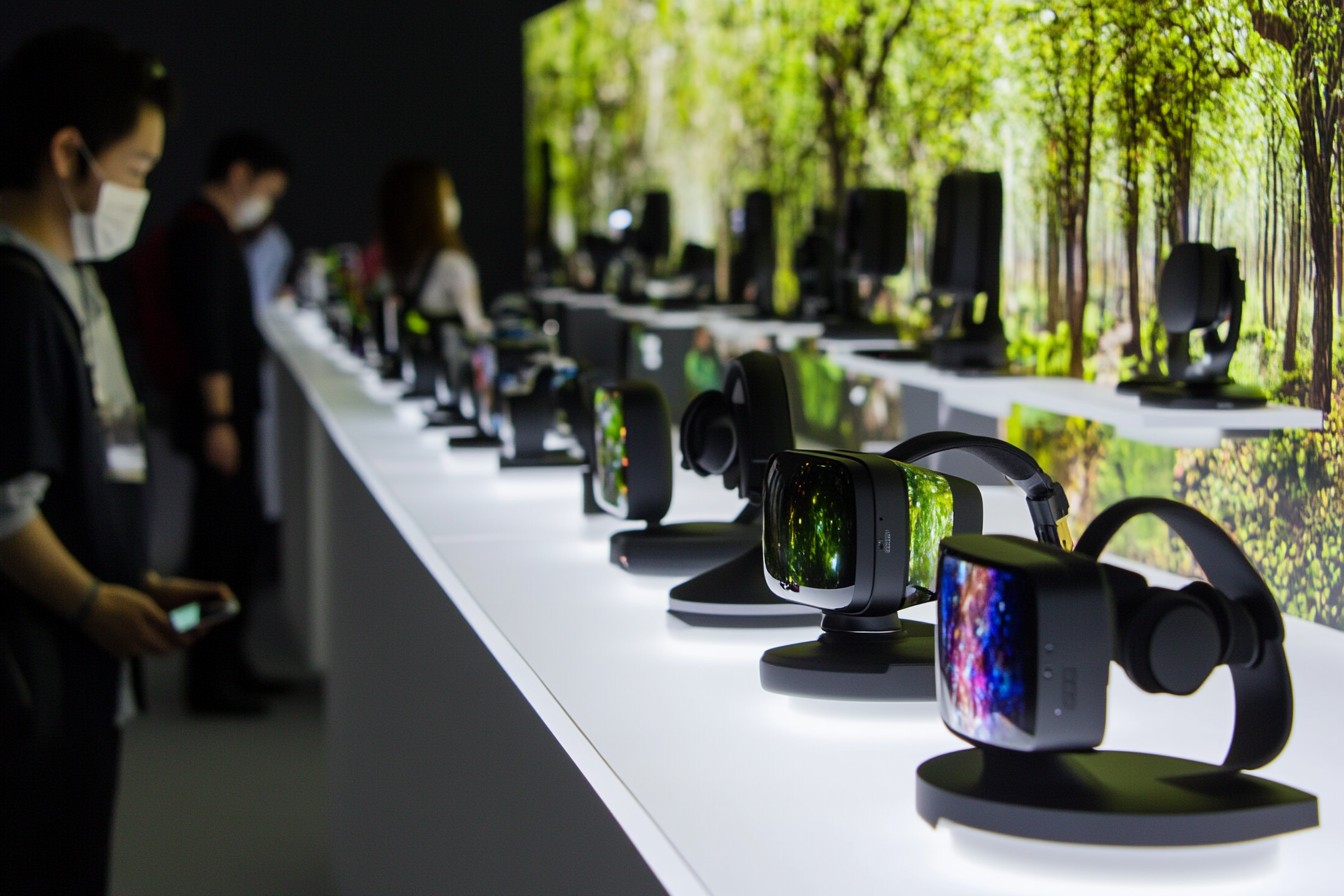
Looking further out, brain-computer interfaces represent the most radical possible transformation, though one that’s still largely theoretical for gaming applications. Companies like Neuralink are developing technologies that could eventually allow direct neural connections, potentially bypassing traditional control methods entirely. Imagine controlling games with thought alone, or having sensory experiences delivered directly to your brain.
This is deep into speculative territory—the technological challenges are enormous, the ethical questions even more so. But gaming has always been at the forefront of human-computer interaction, and if these technologies develop for medical or industrial purposes, gaming applications will inevitably follow.
What fascinates me most about gaming’s future isn’t just the raw technology but how it will change game design and player experience. Each past technological leap didn’t just make games prettier or faster—it fundamentally changed what was possible in terms of gameplay and storytelling.
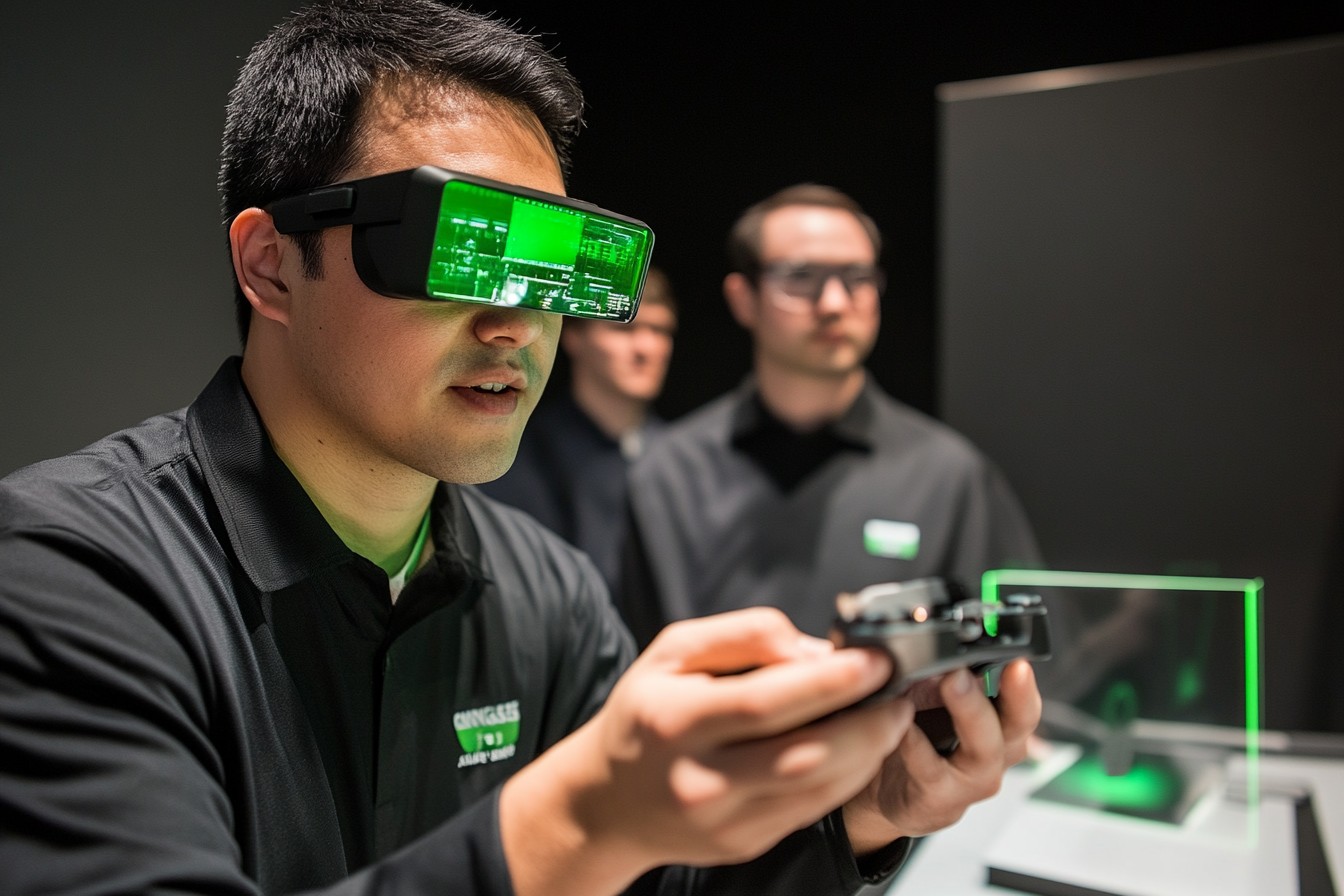
The shift from 2D to 3D wasn’t just visual; it transformed how designers approached space and movement. Online connectivity didn’t just add multiplayer; it created entirely new genres like MMORPGs and battle royales. Increased storage capacity didn’t just mean longer games; it enabled rich voice acting and cinematic storytelling.
So what might next-generation technologies enable beyond their obvious applications? VR won’t just make first-person games more immersive; it might create entirely new genres built around physical presence and embodiment. AI won’t just make NPCs smarter; it could lead to games that function more like improvisational partners than pre-authored experiences. Cloud computing won’t just make games more accessible; it could enable persistent worlds of unprecedented scale and detail.
I find myself both excited and slightly apprehensive about this future. Games have always been about escapism to some degree, but as virtual experiences become increasingly indistinguishable from reality, what does that mean for our relationship with actual reality? Will we reach a point where the line between “playing a game” and “living a second life” blurs beyond recognition?
There’s also the question of accessibility—not just in terms of internet infrastructure but in terms of physical capability. As games potentially become more physically demanding through VR or more cognitively complex through AI interactions, how do we ensure they remain accessible to players of all abilities?
I’ve watched gaming evolve from a niche hobby to the world’s most profitable entertainment medium, from simple bleeps and bloops to complex artistic expressions. Each step has brought new players, new experiences, new ways of connecting. The technology on the horizon promises to continue that evolution in ways both predictable and impossible to foresee.
When I think about Jake’s casual comment about games when he reaches my age, I’m filled with a mixture of envy and excitement. What will his “remember when” gaming stories sound like? Will he tell his nieces and nephews about the primitive days of holding controllers and staring at screens? Will he laugh about how we used to think modern games were photorealistic?
I hope I’m still around to hear those stories, to try whatever unimaginable gaming experiences exist four decades from now. In the meantime, I’ll keep watching digital sunsets and appreciating how far we’ve come, even as I look forward to how much further we have to go.
Because if gaming’s past has taught me anything, it’s that the most impressive technological achievements eventually become nostalgic memories, stepping stones to whatever comes next. Today’s cutting edge is tomorrow’s retro charm. And somewhere in that constant evolution is the real magic of this medium—always moving forward, always becoming something new, yet somehow still connecting us to that fundamental joy of play that hasn’t changed since the first time I picked up a controller in 1985.

